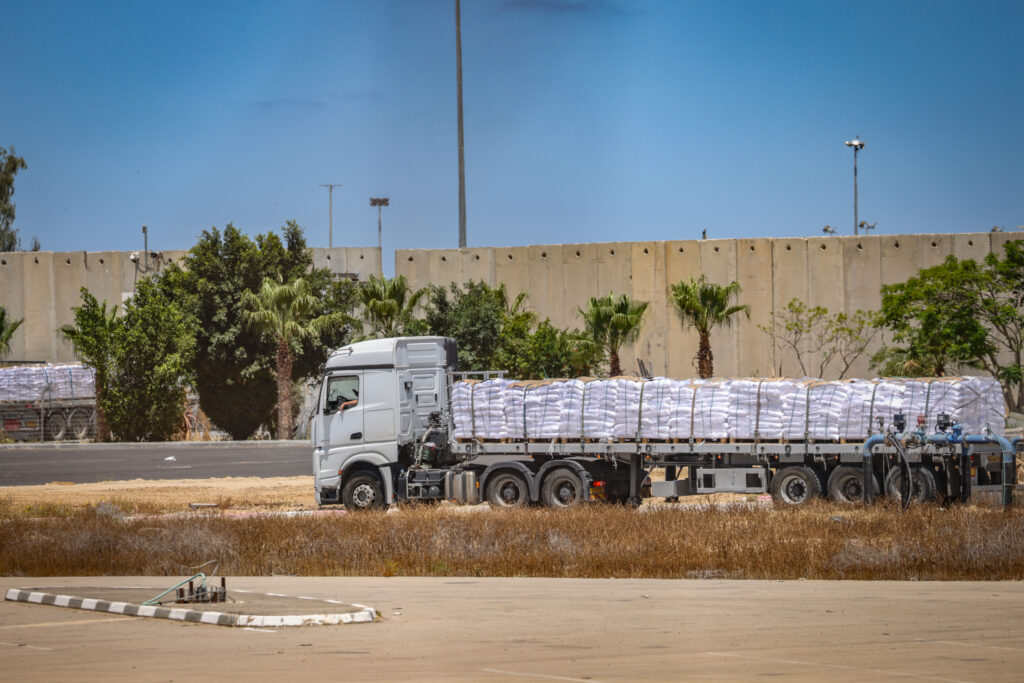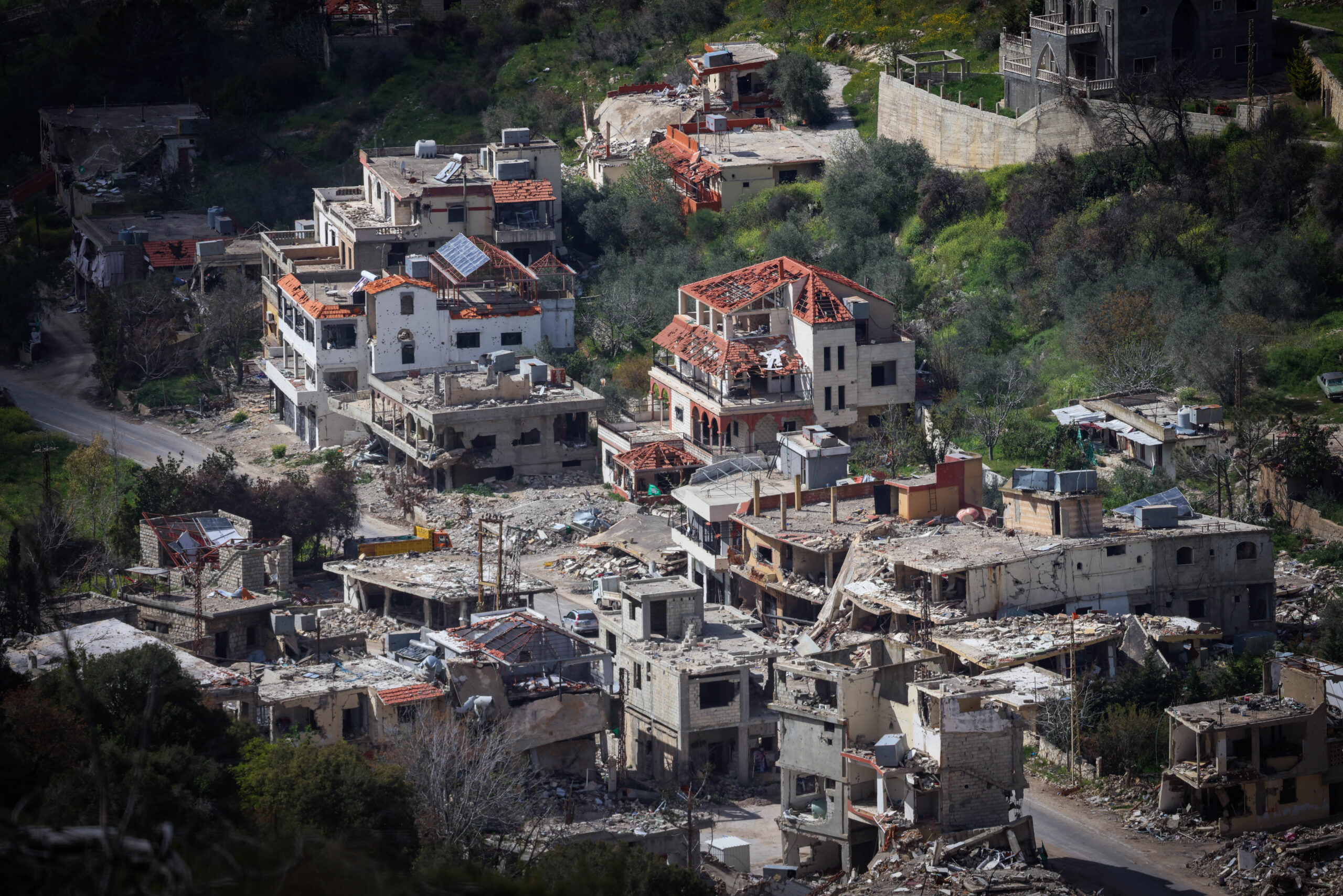Israel Approves 22 New Communities in Judea and Samaria in Landmark Decision
In a move described as one of the most significant in years, Israel’s Security Cabinet has approved the creation of 22 new Jewish communities throughout Judea and Samaria. The decision includes two communities that were dismantled during the 2005 Gaza disengagement.
Yesha Council Chairman Israel Ganz, who represents roughly 500,000 Jewish residents in the area, hailed the decision as a “historic and unprecedented step” in strengthening Israel’s presence in these disputed territories.

The plan—spearheaded by Finance Minister Bezalel Smotrich and Defense Minister Israel Katz, and backed by Prime Minister Benjamin Netanyahu—was quietly approved in a closed-door vote nearly two weeks ago, according to Israeli media.
The new towns span multiple regional councils, including Mateh Binyamin, Megilot, Mount Hebron, Jordan Valley, and Samaria. Among them are communities like Adei Ad, Kedem Arava, Ir Hatmarim, and Ma’alot Halhul. Some are expansions or formalizations of previously unauthorized outposts, while others are entirely new.
Of particular significance is the reauthorization of Homesh and Sa-Nur—communities forcibly evacuated during the 2005 disengagement. The move reverses part of the earlier withdrawal from both Gaza and northern Samaria.

Ganz emphasized the strategic and ideological importance of the decision. “This sends a message: we are not only staying but building a lasting, secure future here,” he said.
In parallel, Housing Minister Yitzhak Goldknopf announced that over 30 million shekels (about $8.4 million) will be allocated to expand infrastructure in Samaria, as part of a larger vision to bring a million additional Jewish residents to the region.
As of January 2025, over 529,000 Jews live in Judea and Samaria—roughly 5.3% of Israel’s population. Polls suggest strong public support for extending full sovereignty over the area, and a majority of Israeli Jews see these communities as crucial to national defense.
State Department Criticizes U.N., NGOs for Undermining Gaza Aid Efforts
U.S. State Department spokeswoman Tammy Bruce sharply criticized some United Nations agencies and non-governmental organizations (NGOs) for their resistance to ongoing aid efforts in Gaza, calling their objections “the height of hypocrisy.”
Speaking during a daily press briefing, Bruce pointed to what she described as significant progress in humanitarian aid distribution. According to figures released by the Gaza Humanitarian Foundation, around 8,000 food boxes—each sustaining over five people for three and a half days—have been distributed, totaling approximately 462,000 meals.
When asked about reports of potential gunfire near aid convoys and disturbances involving civilians, Bruce acknowledged that Hamas continues to pose a threat.
“Hamas still possesses weapons, and their opposition to these efforts has been consistent,” she said. “They’ve rejected ceasefires and made attempts to disrupt aid flows, although those attempts have not succeeded.”

Bruce underscored that the goal of the operation is to reach civilians—not Hamas—and that humanitarian workers have managed to do so under difficult conditions.
She also pushed back against criticism from aid organizations and media figures like World Food Programme Director Cindy McCain, who recently said that Gaza is experiencing food riots due to desperation.
“If Mrs. McCain’s organization has found a way to deliver aid, that’s good news. But it wasn’t communicated to us,” Bruce said. “This was never going to be easy—this isn’t a drive-thru—but the process is working.”
The spokeswoman took aim at those voicing discontent over the coordination or visibility of their involvement.
“Opposing the delivery of food and aid because you feel left out of the spotlight is irresponsible,” she said. “The point is to help people, not complain about procedure.”
IDF Eliminates Hezbollah Radwan Force Operative Near Northern Border
The Israeli military confirmed on Tuesday that a targeted airstrike eliminated a member of Hezbollah’s elite Radwan Force just a few miles north of the Israeli-Lebanese border.
The operation took place near Majdal Zoun, in southern Lebanon. The Radwan Force is Hezbollah’s most formidable unit, trained specifically to penetrate Israeli territory and capture areas near the border.
The strike was part of a wider IDF campaign in southern Lebanon. On Thursday night alone, Israeli forces struck 15 Hezbollah sites, including a military compound in the Beqaa Valley housing rocket launchers and other weapons. Additional strikes were carried out against infrastructure linked to the terrorist group.
Also last week, an Israeli aircraft targeted and killed a Radwan operative in the Rab Thalathin area, located less than a mile from Israel’s security fence. And on May 21, the Air Force eliminated senior Hezbollah engineer Hussein Nazih Barji in the Tyre area. He was reportedly involved in the group’s research and weapons development efforts.
The IDF says it carried out a drone strike in southern Lebanon's Majdal Zoun yesterday, killing a member of Hezbollah's elite Radwan force. pic.twitter.com/LFAjtd7f01
— Emanuel (Mannie) Fabian (@manniefabian) May 27, 2025
Another high-ranking operative was killed in a separate strike in the village of Al-Mansouri, also in the Tyre District, a day earlier.
Defense Minister Israel Katz warned that Hezbollah’s continued military presence in southern Lebanon violates the November 2023 ceasefire, which ended more than a year of hostilities that began after the October 7 Hamas-led attack on Israel.
While most Israeli ground troops have since withdrawn, the IDF continues to hold five strategic positions in southern Lebanon. Israeli officials say they will maintain these outposts until the Lebanese military proves capable of securing the region independently.





